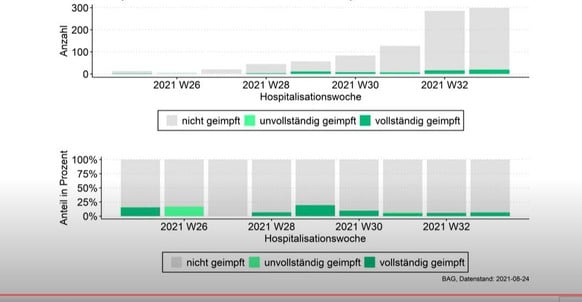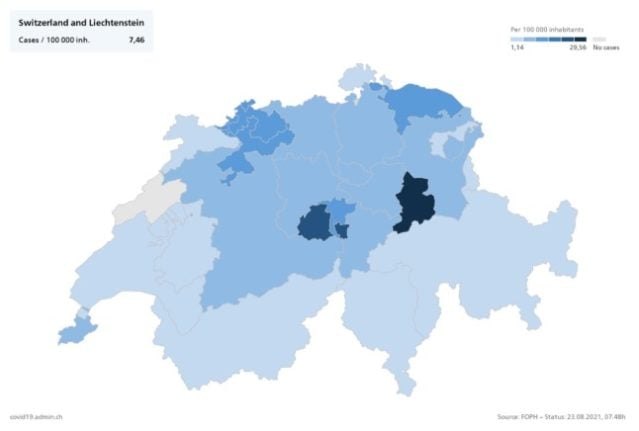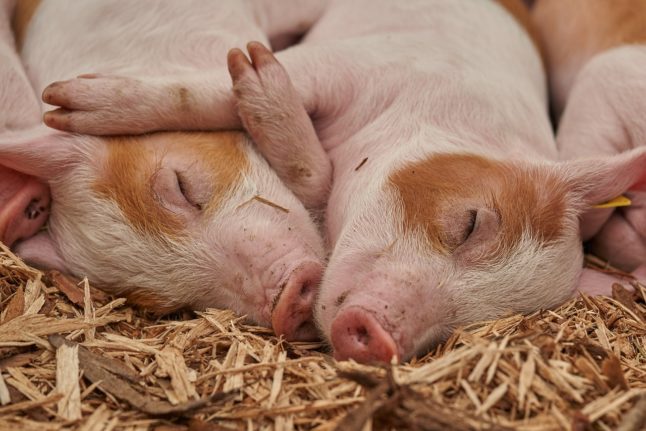After a relatively stable period during the spring and the summer, Switzerland is now entering the fourth wave of the pandemic.
This was confirmed in a press conference featuring government representatives and experts on Tuesday afternoon.
Urs Karrer, from Switzerland’s Covid Taskforce, pointed out that around 90 percent of those in hospital have not yet had the vaccine, with the expert calling it a “fourth wave” and a “pandemic of the unvaccinated”.

The average age of those hospitalised – and those in intensive care – is 54, much younger than during the previous waves of the pandemic.
As a result, Switzerland has recommended pregnant women get the vaccine – while teenagers as young as 12 have also been recommended to get the jab.
Just over 50 percent of the Swiss population is fully vaccinated, as at August 24th, with a further 6 percent having had one shot.
Swiss hospitals: Sharp increase in the number of Covid patients in intensive care
Just how bad is the situation?
Fortunately, it is not as dire as it was at the height of the pandemic when many hospitals reached their full capacity.
The national average is now 7.46 hospitalisations for 100,000 residents, much lower than in the same period last year, when it reached 296.29 / 100,000.
However, what worries health officials is that the number of hospital admissions has been rising steadily — from 170 in the week of August 8th to 340 the following week, a 100-percent increase.
Two central cantons have the highest concentration of Covid-related hospitalisations: Glarus (29.56 / 100) and Obwalden (21.09).

Vast majority of patients, health authorities say, are those who have not been vaccinated against Covid.
And, according to FOPH, “Hospitalisation data should be interpreted with caution due to under-reporting and reporting delays”.
This means current numbers are likely higher.
Unlike previous waves, when mostly older and vulnerable people were hospitalised, this time around most of the patients are younger and unvaccinated.
Also, most are foreign nationals returning to Switzerland from holidays in their home countries, especially in the Balkans, “who did not want to be vaccinated. Others did not know that they should have been vaccinated”, said Hans Pargger, head of the intensive care unit at the University Hospital Basel.
READ MORE: Why are most Covid patients in Switzerland foreign nationals?



 Please whitelist us to continue reading.
Please whitelist us to continue reading.
Sure , blame it on the Balkans as always but not the expat that went also on holidays and came back
So what about the rule changes, what are they?